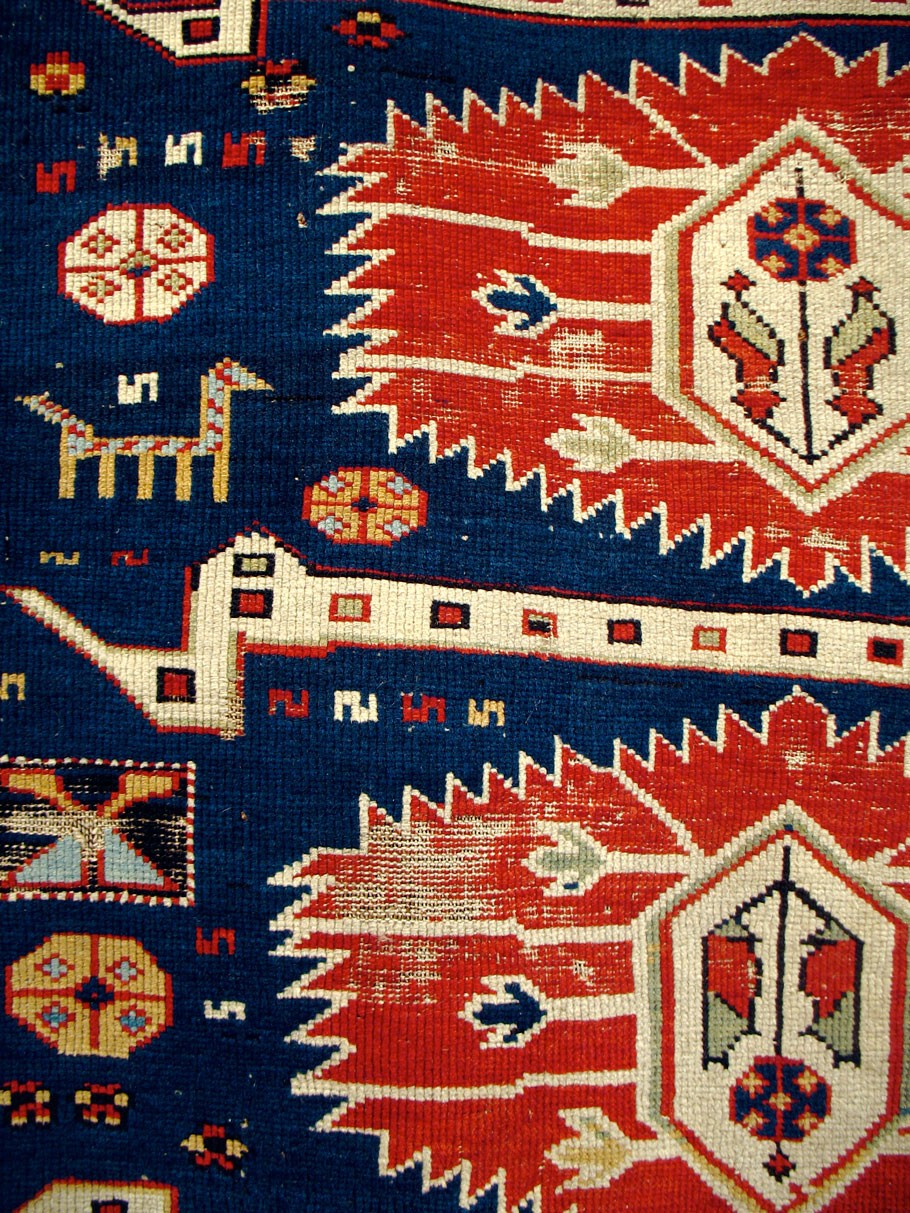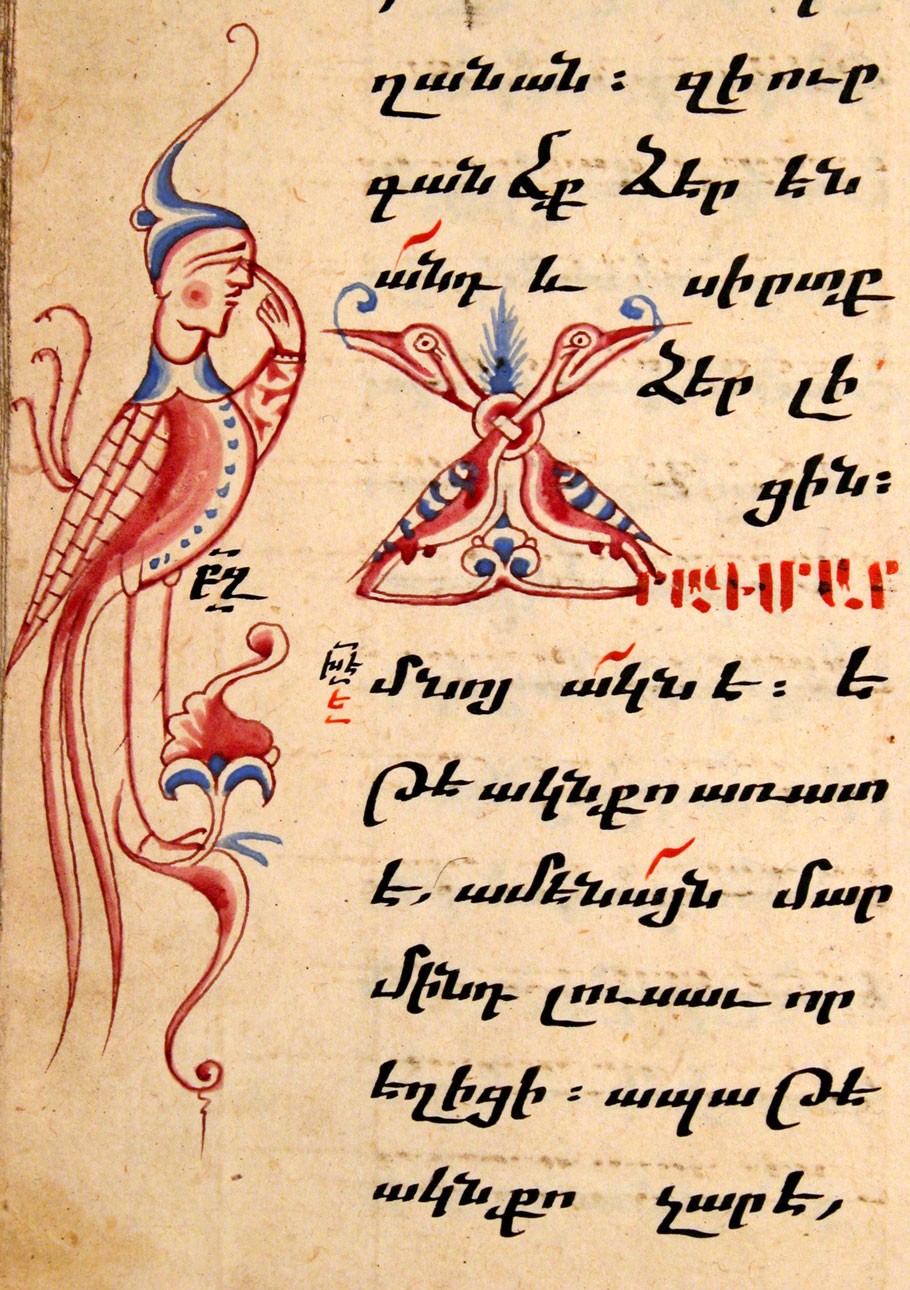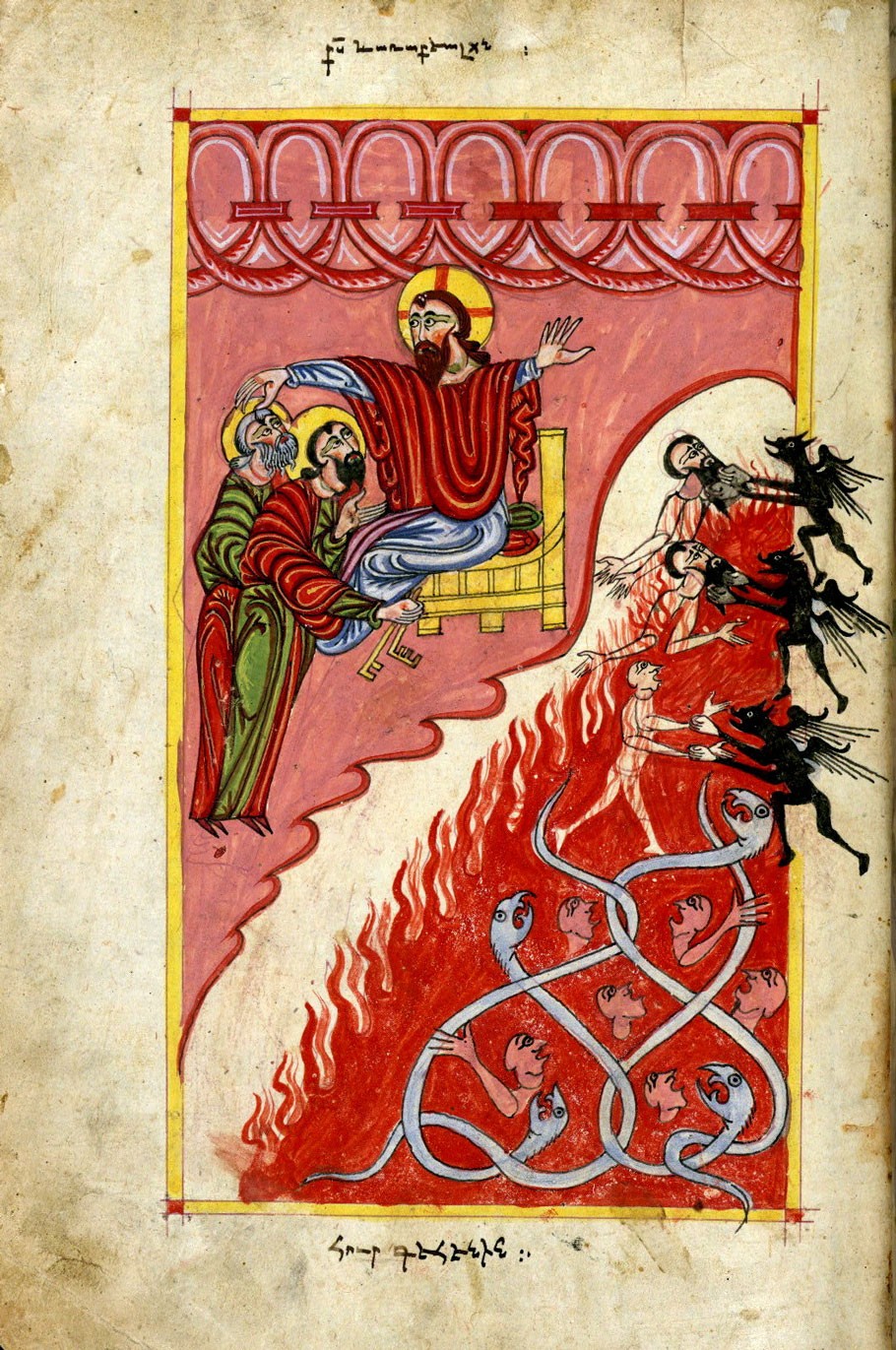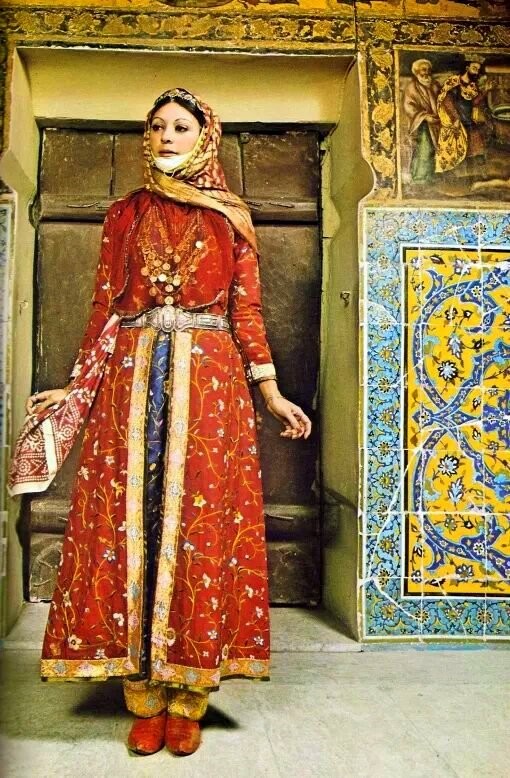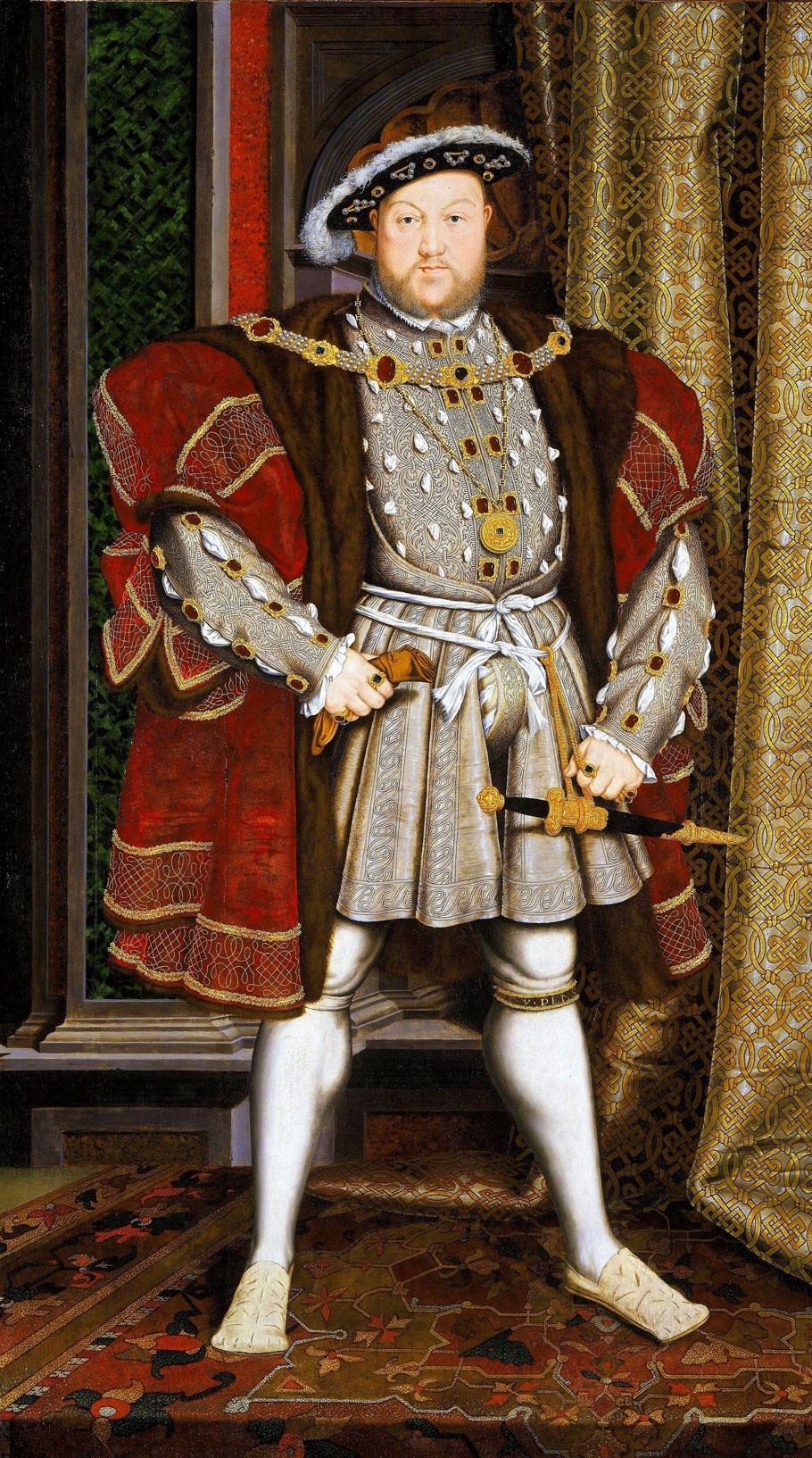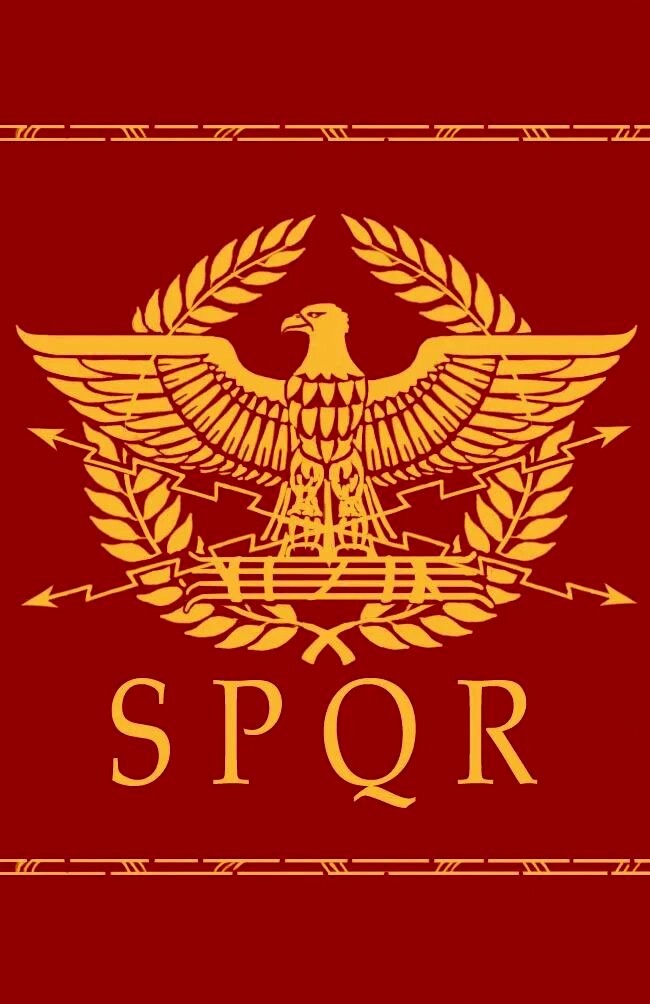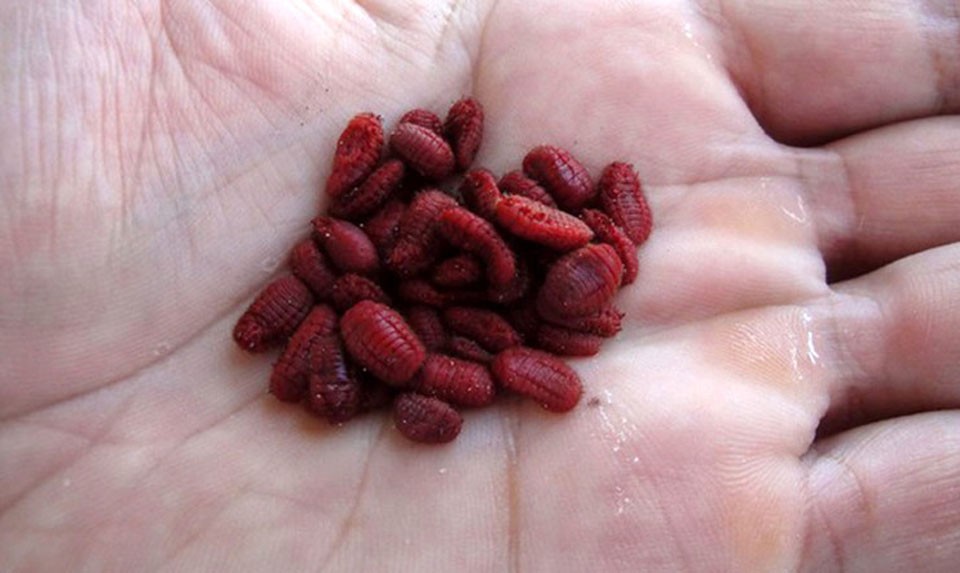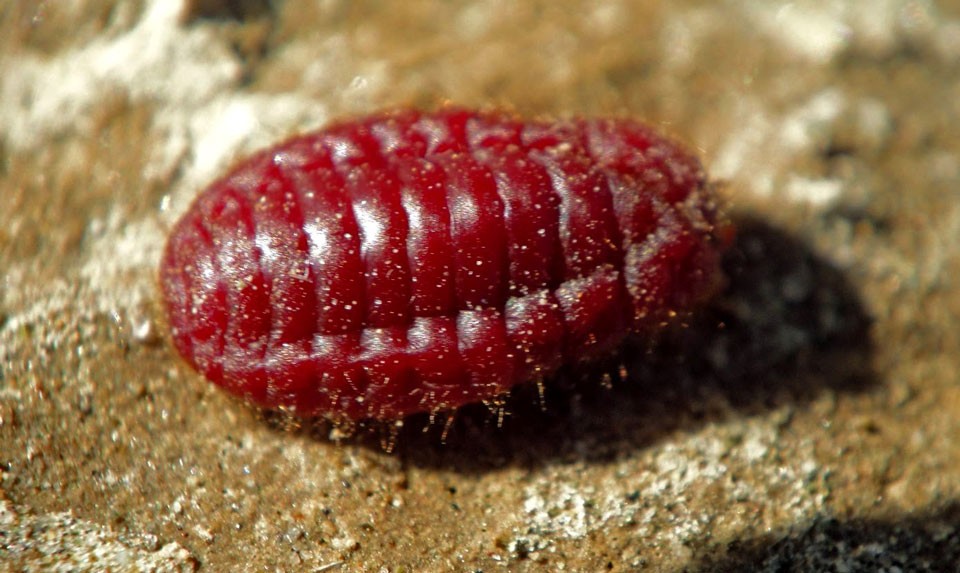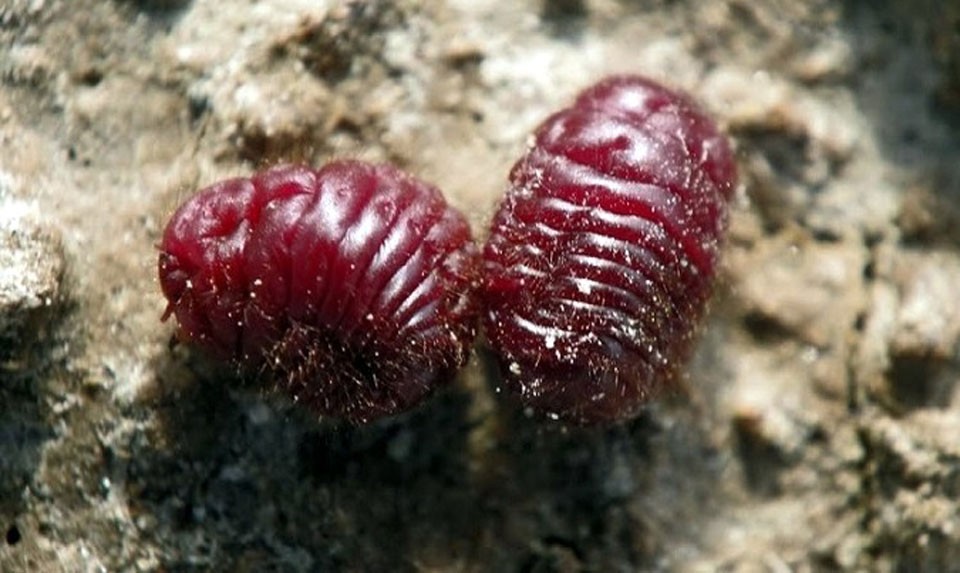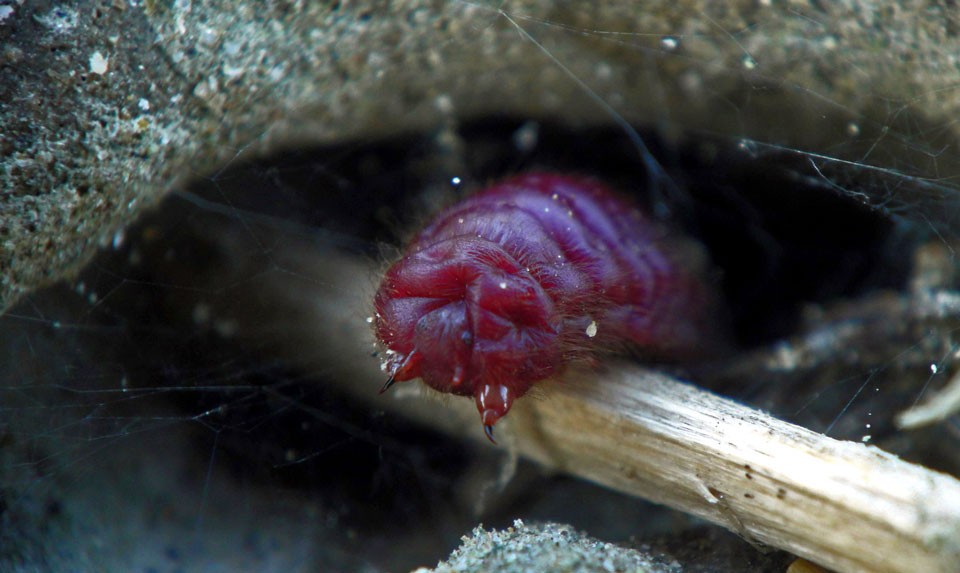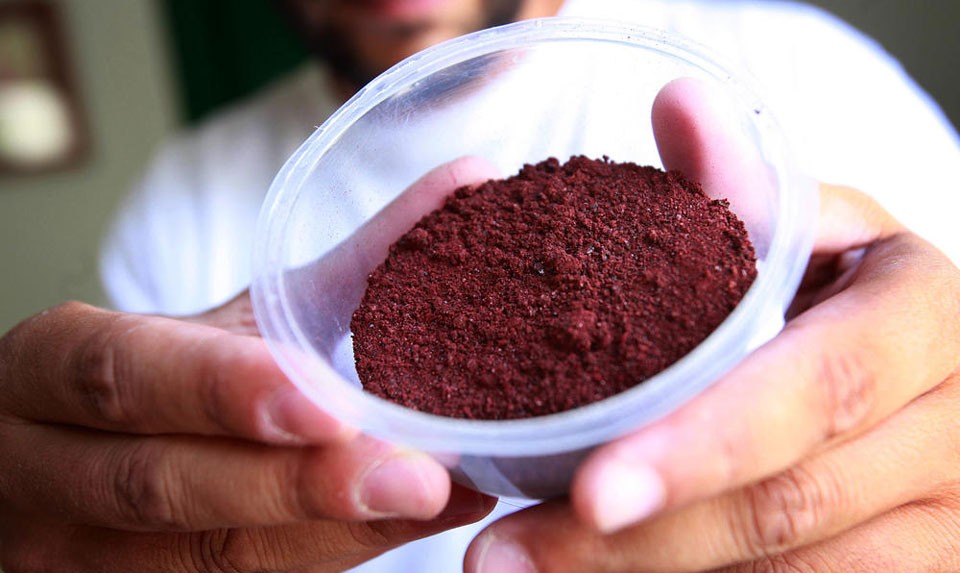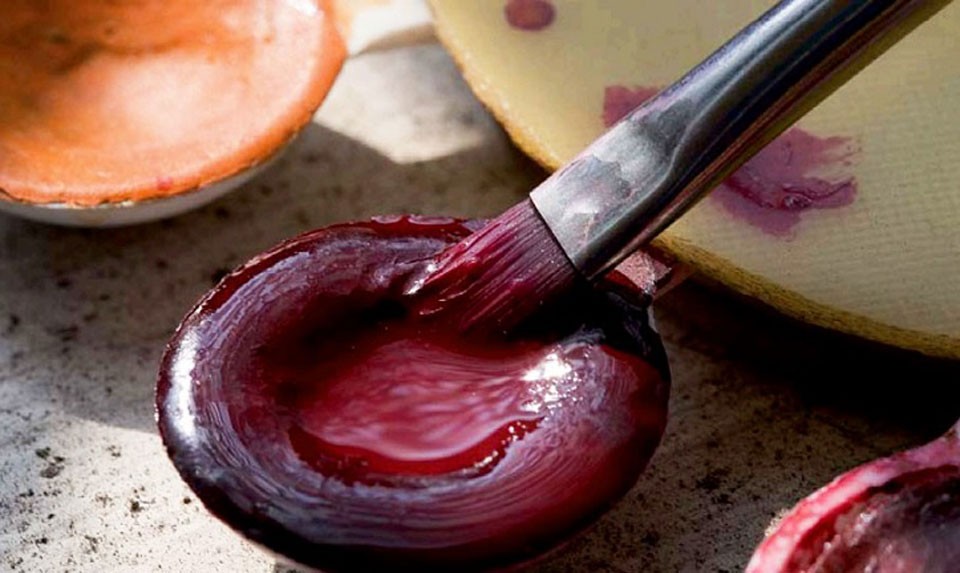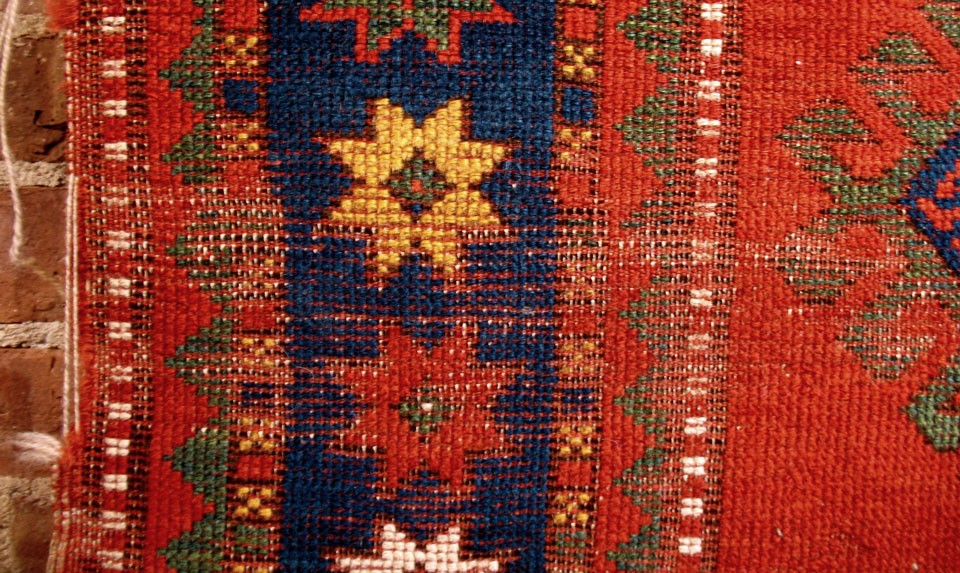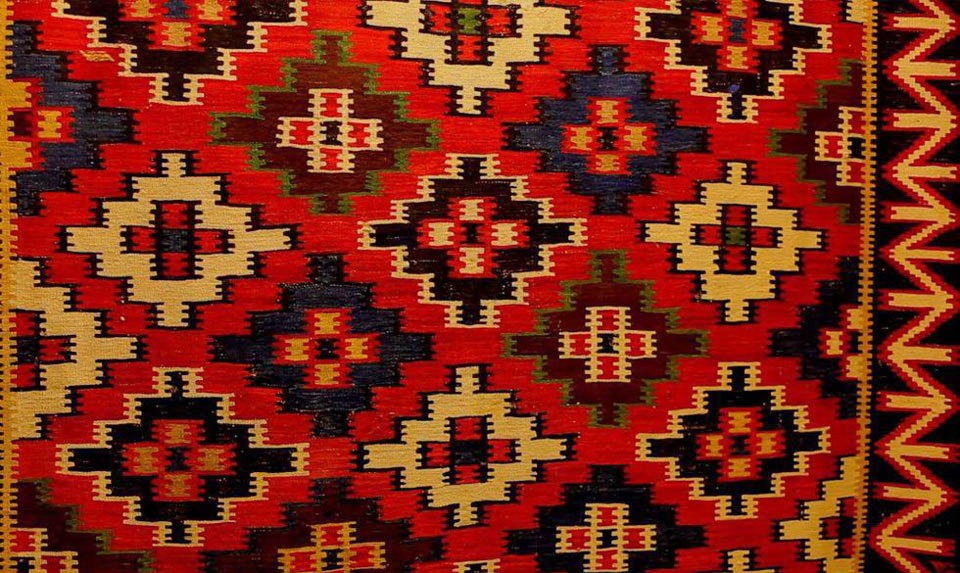Vordan Karmir - Armenian Cochineal
The nature of Armenia is rich in its gifts, and one of the most amazing of them is the Ararat cochineal.
The Ararat cochineal is an endemic insect of the saline semi-desert located along the middle course of the Araks River. Endemic means that these insects settle in a certain place on the map. They spend almost all the time underground at a depth of up to five centimeters, feeding on the roots of the Vordan grass.
Only during the mating season, which lasts forty days - from September to October, insects come to the surface of the soil. In their appearance, females and males differ greatly. To obtain the pigment, only females are used, which are larger than males and have an oval shape. After fertilization, the females return underground to lay eggs. Having completed this important mission, cochineal mothers soon die.
Even in ancient times, the carmine paint Vordan Karmir, extracted from the Ararat cochineal, was considered a true miracle. Surprisingly resistant and safe for health, it was used in various areas of life: spinning, weaving, cooking, medicine, art and science. Neither the time, nor aggressive environments had power over this amazingly bright and resistant paint.
It is with the Vordan Karmir paint that the countless Armenian miniatures in medieval manuscripts were painted. Armenians also traditionally dyed with Vordan Karmir the yarn from which the famous carpets are woven. For example, it was found that the Ararat cochineal was part of the dye that was used to dye the yarn from which the famous Pazyryk carpet was woven - the oldest surviving carpet in the world (the Pazyryk carpet is an archaeological find from the burial mound of the Pazyryk culture in the Altai Republic, Russia).
Vordan Karmir paint has been prepared in the Ararat Valley since time immemorial. The Bible mentions red cochineal paint used by Noah's descendants. The cochineal paint served as a seal for the Armenian kings and the Catholicoses, with which they fastened all important documents.
And doctors used the insect as an antipyretic, antiseptic and contraceptive. Clothing made of the Vordan Karmir were valued in Rome and Greece, the Roman emperors and Eastern kings marked their togas with cochineal patterns. And the ancient Greek beauties used cochineal from distant Armenia to give their faces a healthy blush.
Armenian merchants exported the valuable dye to Europe and beyond. The velvet beret of the 16th century English King Henry VIII was dyed with the crimson carmine dye of the Armenian cochineal. Judging by the high price of Vordan, this paint brought big profits. Naturally, the dyeing craft also flourished. In addition to Armenian city of Dvin, the Armenian city of Artashat was especially famous for this.
However, due to many unfavorable historical circumstances, the production of Vordan Karmir began to gradually decline and completely stopped in the 16-17 centuries, when paint from the Mexican cochineal appeared on the world market. Mexican cochineal brought from the New World was more fertile. The “harvest” of cochineal from Mexican cactus could be harvested up to 5 times a year. Ararat cochineal, with its growth only once a year, could not keep up with such a “demography”.
And only a few monasteries in Armenia stubbornly continued to prepare cochineal dye for their manuscripts, carefully keeping the secret of its preparation. The last blow to the Ararat cochineal came from acrylic and other artificial dyes in the late 19th and early 20th century. As a result, the production secrets of Vordan Karmir were lost. At present, the Ararat cochineal is classified as an endangered species.
